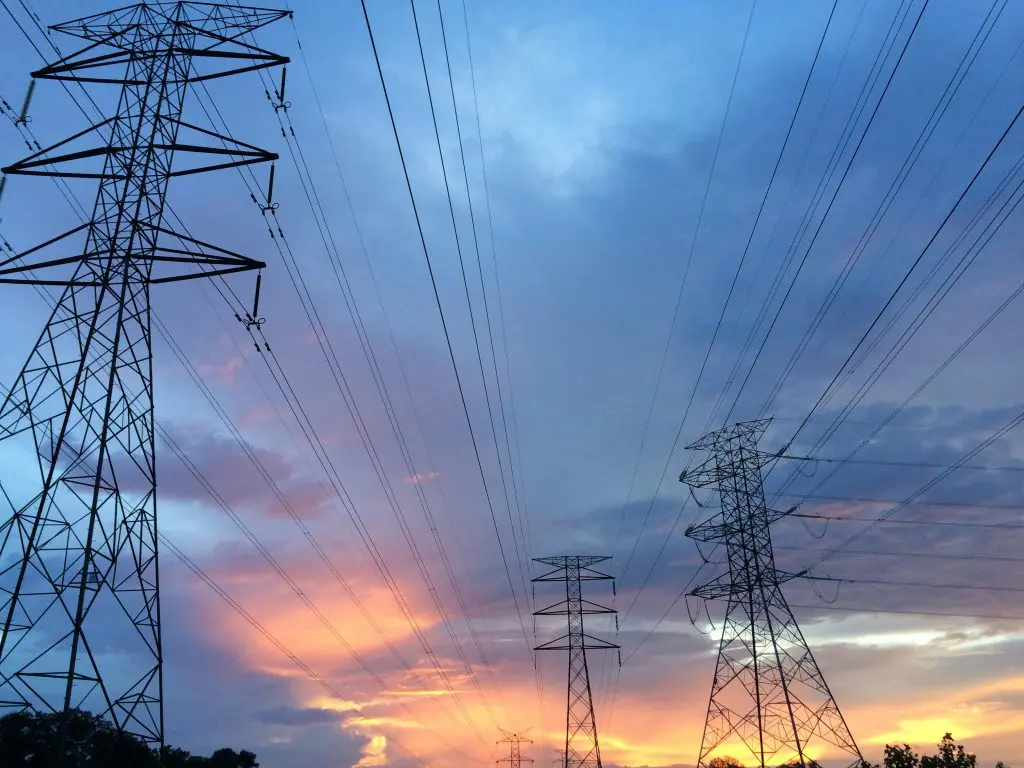
Northern Ireland recently came close to facing a critical risk in its electricity supply, described by officials as a potential “single point of failure” scenario. While the region was not at imminent risk of a blackout, the situation prompted emergency discussions and urgent action from the Northern Ireland Executive to ensure energy security. Background: A […]
Northern Ireland recently came close to facing a critical risk in its electricity supply, described by officials as a potential “single point of failure” scenario. While the region was not at imminent risk of a blackout, the situation prompted emergency discussions and urgent action from the Northern Ireland Executive to ensure energy security.
According to Ian Snowden, Permanent Secretary of the Department for the Economy (DfE), the risk arose when technical issues affected two of Northern Ireland’s key power stations, Coolkeeragh and Ballylumford, leaving the region heavily reliant on a third, Kilroot.
Coolkeeragh’s large generator is expected to remain offline until mid-October due to ongoing technical challenges, while Ballylumford sustained damage during Storm Darragh in December 2024. This placed extra pressure on Kilroot, which was nearing the operational limits set by the Northern Ireland Environment Agency (NIEA) under environmental regulations.
Snowden told Stormont’s economy committee that this created a situation where, had Kilroot gone offline, Northern Ireland would have been left dependent on a single remaining power station. He emphasised that while there was no immediate danger of a blackout, the risk to energy security was considered “significant.”
“So we weren’t actually hours away, or days away, or weeks away from a blackout,” Snowden explained. “It was that we were very close to a point where we were at risk of a single point of failure.”
To address the risk, Stormont ministers approved an emergency measure to increase the permitted operating hours for Kilroot Power Station. The Department of Agriculture, Environment and Rural Affairs (Daera) confirmed that Kilroot was granted an additional 50 hours per unit under a variation to its Pollution Prevention Control Permit.
On 30 September, the Northern Ireland Executive approved this course of action. Economy Minister Caoimhe Archibald confirmed that the decision was made to maintain the security of the electricity supply.
“[It was determined that] operating the system without the availability of Kilroot would present an unacceptable level of risk to the security of supplies,” she said in a statement. Therefore, it was “necessary to increase the permitted running hours at Kilroot.”
The Utility Regulator stated that Kilroot would continue operating within the Single Electricity Market and that its generation costs would be recovered through normal market mechanisms.
System Operator NI (SONI) has since advised that the electricity system is now operating as normal. Minister Archibald assured the Assembly that efforts will continue to ensure the grid remains resilient in the face of future challenges.
The incident also raised questions about communication and oversight. DUP Assembly Member Phillip Brett, chair of the economy committee, expressed concern that the committee had not been informed earlier of the situation, despite two irregular executive meetings on energy security having taken place.
“If there’s an energy supply issue – you’ve told this committee there’s been two irregular meetings of the executive in relation to concerns about energy security – I would believe that this committee should be informed of that issue,” Brett said.
While there is currently no indication of additional costs associated with the emergency measures, the episode has highlighted the fragility of the region’s electricity system when several key generators are offline simultaneously.
While the immediate risk to Northern Ireland’s electricity supply has been mitigated, recent events have underscored the importance of long-term planning and resilience in the energy sector.
Economy Minister Caoimhe Archibald stated that work will continue to ensure the system remains robust. This includes managing operational limits set by environmental regulations and maintaining a balanced generation mix across available stations.
As Coolkeeragh’s generator is expected to remain offline until mid-October, system operators and government departments will continue closely monitoring supply conditions. Contingency planning will likely remain a focus during this period of reduced generation capacity.
Looking forward, the incident may prompt a broader discussion about:
Diversifying the energy generation mix to reduce dependency on a small number of fossil fuel plants.
Strengthening coordination between departments and oversight bodies to improve communication during potential energy crises.
Balancing environmental responsibilities with the need for grid reliability during high-demand or constrained periods.
Minister Archibald and officials have emphasized that the electricity system is currently operating normally, but maintaining that stability will require ongoing attention as Northern Ireland transitions toward a more resilient and sustainable energy future.
The recent strain on Northern Ireland’s electricity system highlights how vulnerable the energy supply can become when multiple power stations experience outages or limitations. While immediate risks have been addressed through swift government action and regulatory flexibility, the situation serves as a critical reminder of the need for ongoing vigilance, strategic planning, and infrastructure resilience.
With the system now operating as normal, attention must turn to ensuring that future challenges, whether technical, environmental, or weather-related, can be managed without compromising supply. Continued coordination between government departments, regulators, and operators will be essential in securing a stable and reliable energy future for Northern Ireland.
At All-Ireland Sustainability, we’re committed to building a greener, fairer island, together. Stay informed on the latest environmental initiatives, community action, and policy developments shaping sustainability across Ireland, North and South.
👉 Sign up for our newsletter today and be the first to hear about upcoming events, expert insights, and ways to get involved.
Whether you’re a seasoned advocate or just starting your journey, new members are always welcome.
Subscribe now and be part of the All-Ireland Sustainability Membership.